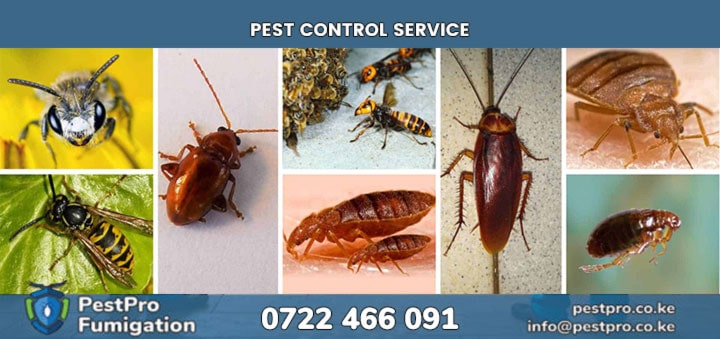Ant Control Solutions That Actually Work in Kenya
Ants represent one of Kenya's most persistent household pest problems, with over 50 species documented throughout the country. These social insects can quickly establish large colonies in and around properties, contaminating food supplies, damaging structures, and creating unsanitary conditions that require immediate and sustained control efforts.
Common Ant Species Affecting Kenyan Properties
The sugar ant (Camponotus) is among the most troublesome species in Kenyan homes, attracted to sweet substances and forming long trails between food sources and nests. These large, black ants often establish colonies in wall voids, under floors, and in garden areas, becoming particularly active during dry seasons when outdoor food sources become scarce.
Pavement ants build colonies under concrete slabs, driveways, and building foundations, creating unsightly dirt mounds and potentially undermining structural integrity over time. Fire ants, while less common, pose serious health risks with their painful stings and aggressive behavior when nests are disturbed.
Carpenter ants damage wooden structures by excavating galleries for nesting, though they don't actually eat wood like termites. In Kenya's humid regions, these ants are attracted to moisture-damaged wood and can cause significant structural problems if left untreated in residential and commercial properties.
Effective Baiting Systems for Kenyan Conditions
Ant baiting represents the most effective long-term control method for Kenyan properties, targeting entire colonies rather than just visible worker ants. Sugar-based baits containing borax work well for sugar-feeding species, while protein-based baits attract grease-loving ants common during Kenya's dry seasons when protein sources become limited outdoors.
Commercial ant baits available in Nairobi stores contain slow-acting toxicants like fipronil or hydramethylnon that allow workers to return to colonies before dying, gradually eliminating entire populations including queens and larvae. Place baits along ant trails, near entry points, and close to suspected nesting areas for maximum effectiveness.
Homemade bait stations using borax mixed with honey or peanut butter provide cost-effective alternatives, though they require careful handling to prevent accidental poisoning of pets or children. Replace baits regularly, especially during Kenya's rainy seasons when humidity can reduce their attractiveness and effectiveness.
Environmental Modifications and Prevention
Successful ant control in Kenya requires eliminating factors that attract and sustain ant populations around properties. Store food in airtight containers, immediately clean up spills and crumbs, and maintain clean kitchen and dining areas. Pay particular attention to pet food areas, which often provide consistent food sources for foraging ants.
Address moisture problems that attract certain ant species, including fixing leaky pipes, improving drainage around buildings, and ensuring proper ventilation in humid areas. Remove decaying vegetation, mulch, and debris from around building foundations where ants commonly establish satellite colonies.
Seal entry points using caulk around windows, doors, and utility penetrations to prevent ant access to indoor areas. Trim vegetation away from building exteriors to eliminate bridges that allow ants to access structures, and consider applying barrier treatments around building perimeters during peak ant activity seasons in Kenya's climate zones.
More pest Control ServicesPestPro Facebook Page
Medium
